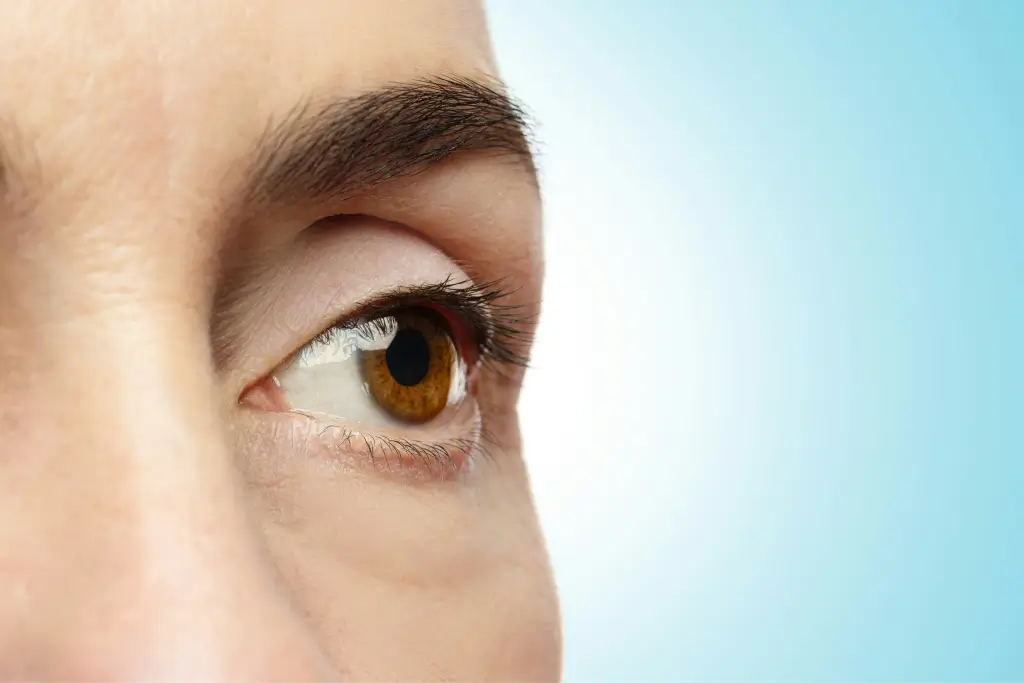Home » What is IPL Treatment for Dry Eyes?
What is IPL Treatment for Dry Eyes?
What Is IPL Treatment?

Photorejuvenation therapy or more commonly know as Intense Pulsed Light treatment (IPL) is a light treatment that uses a broad-spectrum of light energy to treat skin conditions like rosacea and acne scars along with evaporative dry eye disease. IPL does this by targeting abnormal blood vessels and broken capillaries within the treatment site and getting rid of them through a process called photocoagulation. This helps break the inflammatory cycle with people suffering from MGD/chronic blepharitis and dry eye. The wavelengths used in the light therapy also stimulate mitochondrial activities in the affected cells encouraging the production of collagen improving not only skin texture but also the quality of oil produced by the meibomian glands. The heat generated during the procedure also have the added benefit of exterminating overgrowths of demodex mites within the area treating any possible itchiness and crustiness along the lid margins.
Undergoing IPL and other types of dry eye treatments are important because dry eye disease like any other illness gets progressively more difficult to treat the longer it goes uncared for. While IPL can rejuvenate damaged and atrophied meibomian glands it won’t bring every single one of them back, so waiting to undergo this treatment with already atrophied glands that might get progressively worse will make the results from the procedure either not last as long or not be as effective as it would be if done a sooner. Dry eye disease can also lead to other complications such as corneal abrasions, corneal scarring, corneal ulcers, and other potentially vison threatening conditions.
Benefits of IPL Treatment
- Improved vision
- Greatly improves dry eye symptoms
- Tightens the skin around the eyes
- Gives the skin around the eyes a more youthful appearance
- Gets rid of red uneven skin tones and vascular lesions associated with rosacea skin tone is 2 separate words
- Promotes rejuvenation and strengthening of meibomian glands
Who is a Candidate for IPL Treatment?
People with ocular rosacea and Meibomian gland disfunction are often good candidates for IPL due to not only the cosmetic benefits it can provide by increasing collagen production in the treated area leading to an improvement in overall skin quality and treating things such as age spots or discoloration, but also for the relief it can provide when it comes to dry eye symptoms. This is due to IPL’s high effectiveness at targeting abnormal spider veins and burst capillaries in the area which causes inflammation of the skin in the area and obstruction of the gland leading to a persistent inflammatory cycle. IPL also promotes rejuvenation of atrophied glands in patients with MGD allowing for the glands to secrete more oil leading to a more stable tear film and less dry eye symptoms. People with demodex blepharitis would also greatly benefit from IPL as the light used in the treatment produces enough heat to kill any lingering mites that might be inside the glands themselves.
Not everyone is a suitable candidate for IPL as skin types with darker pigmentations run the possible risk of developing hyperpigmentation on the treated area creating an uneven skin tone. This is due to the higher presence of melanin in their skin which will absorb a lot more of the light in the treated area. People who have recent tans along the treatment area are given the same precautions due to the newly formed concentration of melanin in that area. It is also advised for those who have a history of cold sores to use antivirals for two weeks before the treatment and if there was a recent breakout three months prior to the treatment then to wait 6 months before doing it.
How is IPL Treatment Performed?
The procedure is quick and simple taking no more than 10 minutes per session. Before starting you will be asked a couple of questions regarding your medical history to ensure that the procedure can be done safely and that any possible precautions have been taken. You’ll then be sat back on a reclining chair as a numbing drop is placed in your eye. A protective plastic shield will then be placed over your eyes to keep them safe from the light along with an additional protective lens. 15 pulses of light will then be administered on each of the eyelids both top and bottom. The plastic shield along with the protective lens will then be removed from your face. During the final step your head is placed on a slit lamp (the regular microscope for eye exams) so your caregiver can properly squeeze and exfoliate the glands of any clogged/built up oil. It is normal during the light pulsing part of the procedure to experience a small pinch similar to that of a rubber band hitting your skin. It’s also normal to see red or orange flashes while the pulses of light are being fired during the treatment. This is temporary and resolves as soon as the procedure is over.
Recovery & Aftercare
What to expect after the procedure.
After the procedure, it is normal for the treated area to have mild redness which resolves in a couple of hours. For 2 days after the procedure you could use a cool compress for 3-5 minutes on the area treated, but this is not necessary. In between each session it is also highly recommended to use SPF 35-40 and to avoid the use of retinol products.
Estimated downtime.
There is no downtime associated with IPL- you are able to return to all activities immediately. Your vision will not be affected. The only restrictions are to avoid excessive UV sunlight/ tanning in between the sessions.
FAQs
Is IPL a laser treatment?
IPL is not a laser treatment. IPL uses a broad spectrum of different wavelengths, in contrast to a laser which typically uses a single focused wavelength of light.
Is IPL better than RF?
Neither procedure is better than the other and it is best to speak to Dr. Rapoport about a customizable plan for what is best for your yes. Oftentimes, doing the two treatments in combination provides better results.





